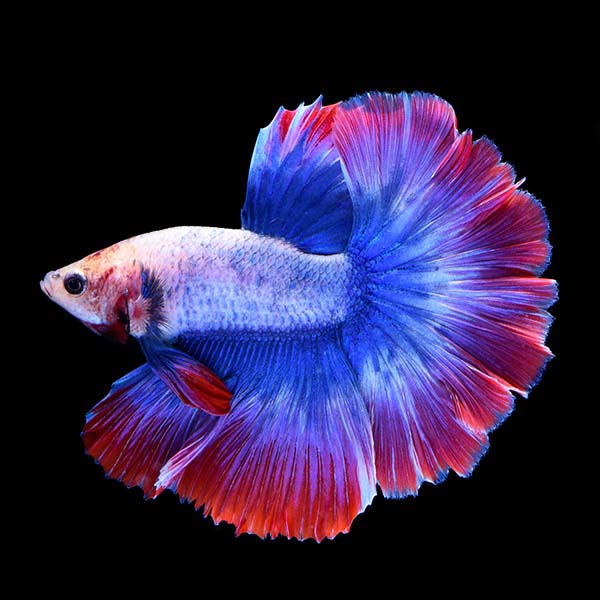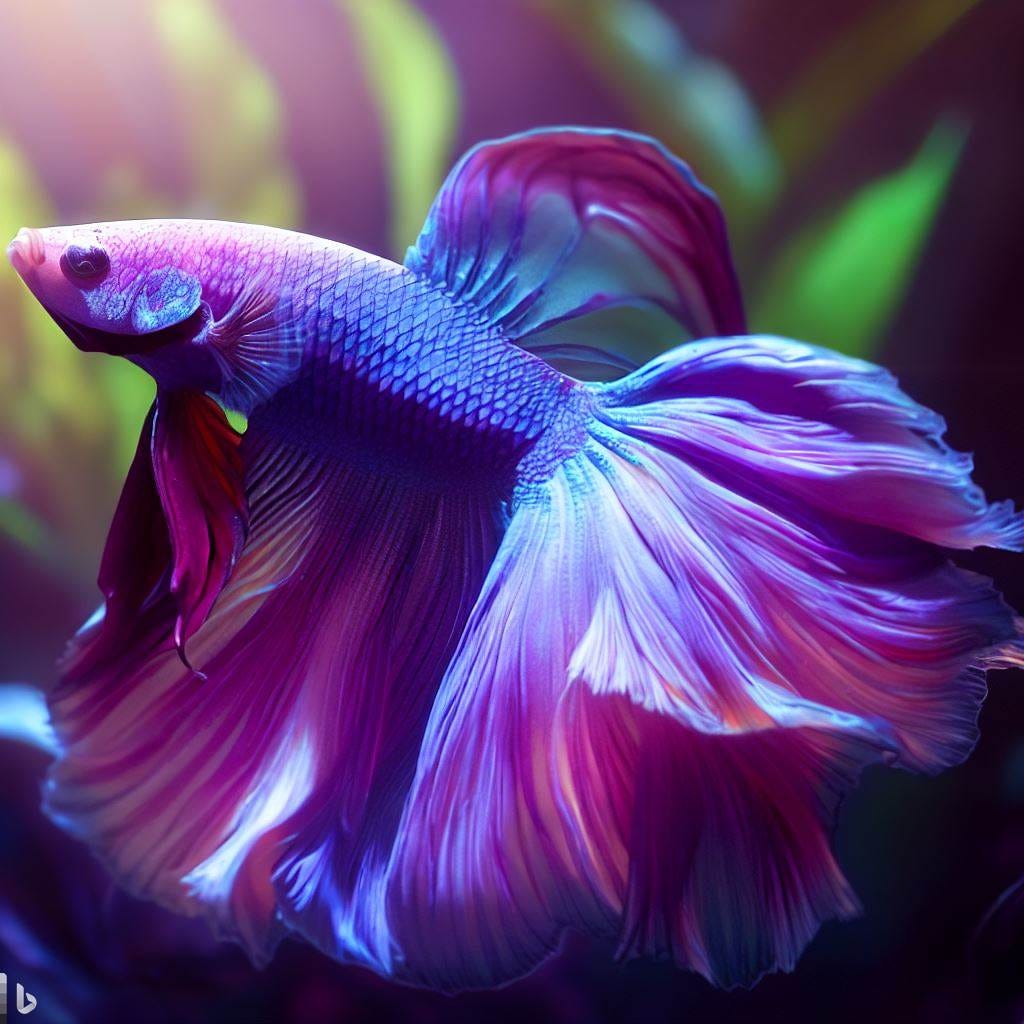Betta Fish Tank Arrangement: A Step-by-Step Overview for Beginners
Betta Fish Tank Arrangement: A Step-by-Step Overview for Beginners
Blog Article
Just How to Breed Betta Fish Successfully: Professional Techniques and Insights for Hobbyists Aiming To Broaden Their Betta Collection
Breeding Betta fish calls for a nuanced understanding of genetics and ecological conditions, making it important for enthusiasts to approach the procedure with both diligence and treatment. Producing an optimum breeding setting, choosing the ideal sets, and observing the ins and outs of their courtship behaviors are fundamental actions that can substantially impact the result. The subsequent treatment of the fry is critical for ensuring their healthy and balanced development. As we check out these vital components, it ends up being clear that effective breeding is not nearly the first pairing but includes a broader technique that qualities careful consideration.
Comprehending Betta Fish Genes
Comprehending the genes of Betta fish is critical for effective reproduction, as it affects traits such as color, fin form, and actions. Betta fish exhibit a diverse array of colors and patterns, mainly established by their hereditary make-up. The key genetics liable for pigmentation consist of the "B" genetics for blue, "D" gene for red, and the "C" gene for shade strength. Dog breeders can adjust these traits by choosing certain parent fish that display desired qualities.
In enhancement to pigmentation, fin morphology is one more significant aspect of Betta genes (betta fish). The sizes and shape of fins are influenced by various genetics, including those that determine whether the fins are brief, long, or veil-shaped. Comprehending these genetic variants assists breeders forecast the phenotypic end results of their children
In addition, behavior attributes such as aggression and territoriality can also be affected by genetics. These actions play a crucial role in the reproducing process, as they can influence spawning success and the overall temperament of the resulting fry. By adequately comprehending these genetic concepts, breeders can make educated decisions, eventually enhancing their reproduction programs and achieving preferable outcomes.
Preparing the Breeding Atmosphere
Creating an ideal breeding atmosphere is vital for the successful recreation of Betta fish. The primary step in preparing this environment is to choose an ideal reproduction tank, preferably varying from 5 to 10 gallons. This size permits enough swimming space and the facility of regions. The tank must be equipped with a heating unit to keep a steady temperature level between 78 ° F and 80 ° F, which is vital for encouraging spawning habits.
Next, think about using a sponge filter or an air rock to give gentle water circulation without creating strong currents that can emphasize the fish. It is necessary to set up plants or reproducing cones to supply concealing places and advertise convenience for the female during the spawning process. Floating plants, such as Java moss or water sprite, can also create a more natural environment while helping with bubble nest building by the male.
Before introducing the breeding pairs, ensure the water is conditioned and devoid of damaging chemicals, such as chlorine or heavy steels. betta fish. Routine water adjustments must be performed to keep ideal water quality, enhancing the chances of successful reproduction. With these prep work in position, the breeding atmosphere will certainly sustain the wellness and health of both Betta fish
Selecting Breeding Pairs
Selecting the appropriate reproduction pairs is essential for achieving effective Betta fish recreation. When choosing your breeding sets, think about numerous key aspects consisting of health and wellness, personality, and genes. Healthy and balanced Betta fish show dynamic colors, clear eyes, and active habits. Picking fish that are devoid of illness makes sure a much better possibility of producing viable spawn. helpful resources
Personality is another vital consideration, as Betta fish are recognized for their aggressive nature. It is advisable to select a man and female that display compatible personalities to decrease anxiety throughout the reproducing procedure. A tranquil male can urge a smoother courtship, while a woman that is as well hostile may interrupt the process.
Hereditary background likewise plays a considerable duty in the high quality of the offspring. Reproducing fish that are genetically varied can reduce the danger of genetic health and wellness problems and enhance the overall vitality of the fry. It is helpful to look into the lineage of both the male and female, focusing on preferable qualities such as fin kind, shade patterns, and dimension.
The Reproduction Process
The breeding process of Betta fish requires mindful preparation and focus to information to guarantee an effective outcome. It is important to prepare an appropriate reproduction tank, preferably a 5-10 gallon fish tank with a temperature level kept at 78-80 ° F. The container needs to be outfitted with a heating system, filter (preferably sponge type to avoid strong more information currents), and lots of aquatic plants for the female to hide.
Once the environment is established, introduce the chosen breeding set to the storage tank, enabling them to adjust. Observe their habits; the male will certainly show fancy courtship routines, consisting of flaring his fins and constructing a bubble nest. If the female shows rate of interest, she will certainly show upright stripes suggesting readiness for spawning.
When the woman is responsive, the pair will certainly take part in a breeding welcome, during which the male fertilizes the eggs. It is vital to monitor their interactions carefully, as the male may end up being aggressive. After spawning, eliminate the female to avoid prospective harm. The man will certainly have a tendency to the eggs, which typically hatch out within 24-36 hours. Maintaining ideal water conditions throughout this period is necessary for the development of healthy Betta fry.
Caring for Betta Fry

Feeding Betta fry is crucial, as they need a diet plan high in healthy protein. They can be fed infusoria or fluid fry food, transitioning to carefully smashed high-quality pellets as they grow. Feed little portions multiple times a day to encourage healthy growth without overwhelming the tank with uneaten food.

As they grow, monitor their growth closely and separate any aggressive individuals to stop damage. By providing a nurturing atmosphere and appropriate nutrition, hobbyists can successfully raise Betta fry into dynamic, healthy fish, ultimately improving their breeding undertakings.
Verdict
Effective Betta fish reproduction requires careful attention to hereditary selection, environmental conditions, and take care of the fry. By understanding the genes of Betta fish and preparing a suitable reproduction atmosphere, hobbyists can boost the opportunities of producing vibrant, healthy children. Choosing compatible reproduction sets and carefully checking the courtship and spawning processes are necessary. Lastly, offering ideal take care of the fry guarantees their healthy and balanced advancement, adding to a growing Betta collection. Discover More
Report this page